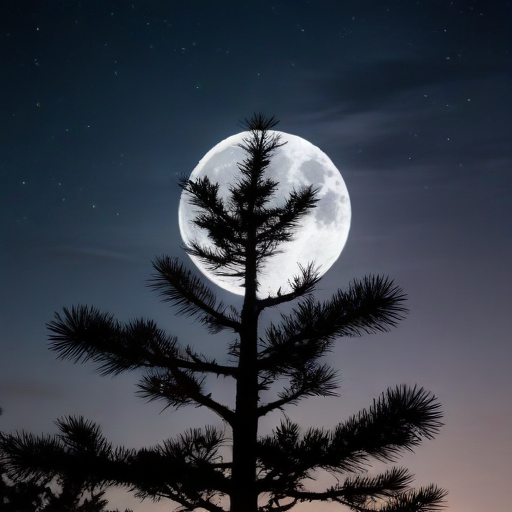This month marks the arrival of the Beaver Moon, which is the fourth and final full supermoon of 2024. The Beaver Moon will shine in all its glory on November 15.
November also presents an excellent opportunity for stargazers to observe Jupiter, which is currently a prominent feature in the night sky. Astronomy enthusiasts will find that this month offers one of the best views of Jupiter from the Northern Hemisphere in nearly a decade.
In addition to these celestial events, skywatchers can anticipate the Taurids and the Leonids meteor showers peaking around November 16 and 17, with an estimated 10-15 meteors visible per hour after midnight. These shooting stars may create spectacular displays, producing both smoke trails and longer trains as they streak across the sky.
The Beaver Moon derives its name from the time when beavers start preparing for winter by constructing their dams, anticipating the ground freeze. This month signifies a time of preparation for colder weather, with the first snows often falling in parts of the northern United States and Canada. Most trees and shrubs will have shed their leaves by this time, adding to the seasonal transition.
Interesting alternatives to the Beaver Moon include names inspired by various cultures. For instance, the Cheyenne people refer to it as the “Deer Rutting Moon,” while the Choctaw of the Southeast call it the “Panther Moon.” The Hopi of the Southwest honor birds with the name “Fledgling Hawk Moon,” and the Potawatomi of the Great Lakes call it the “Turkey Moon.” Additionally, the Algonquin and Assiniboine recognize the cold weather during this period, labeling it the “Moon of Much White Frost On Grass” and the “Frost Moon,” respectively.
Peak illumination of the Beaver Moon will occur on Friday, November 15, at 2:29 p.m. MT and 4:29 p.m. EST. However, the moon will appear full and bright throughout the nights of November 14 and 16, rising in the east around sunset and setting in the west near sunrise.
Looking ahead, the next full moon, known as the Cold Moon, will take place on December 15, heralding the onset of colder winter temperatures.
As we gather to gaze at the wonders of the night sky this month, it reminds us of the beauty of nature and the changing seasons, which can inspire a sense of peace and wonder in our lives.
